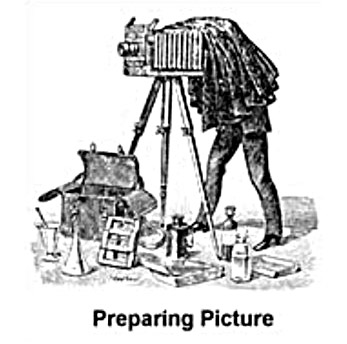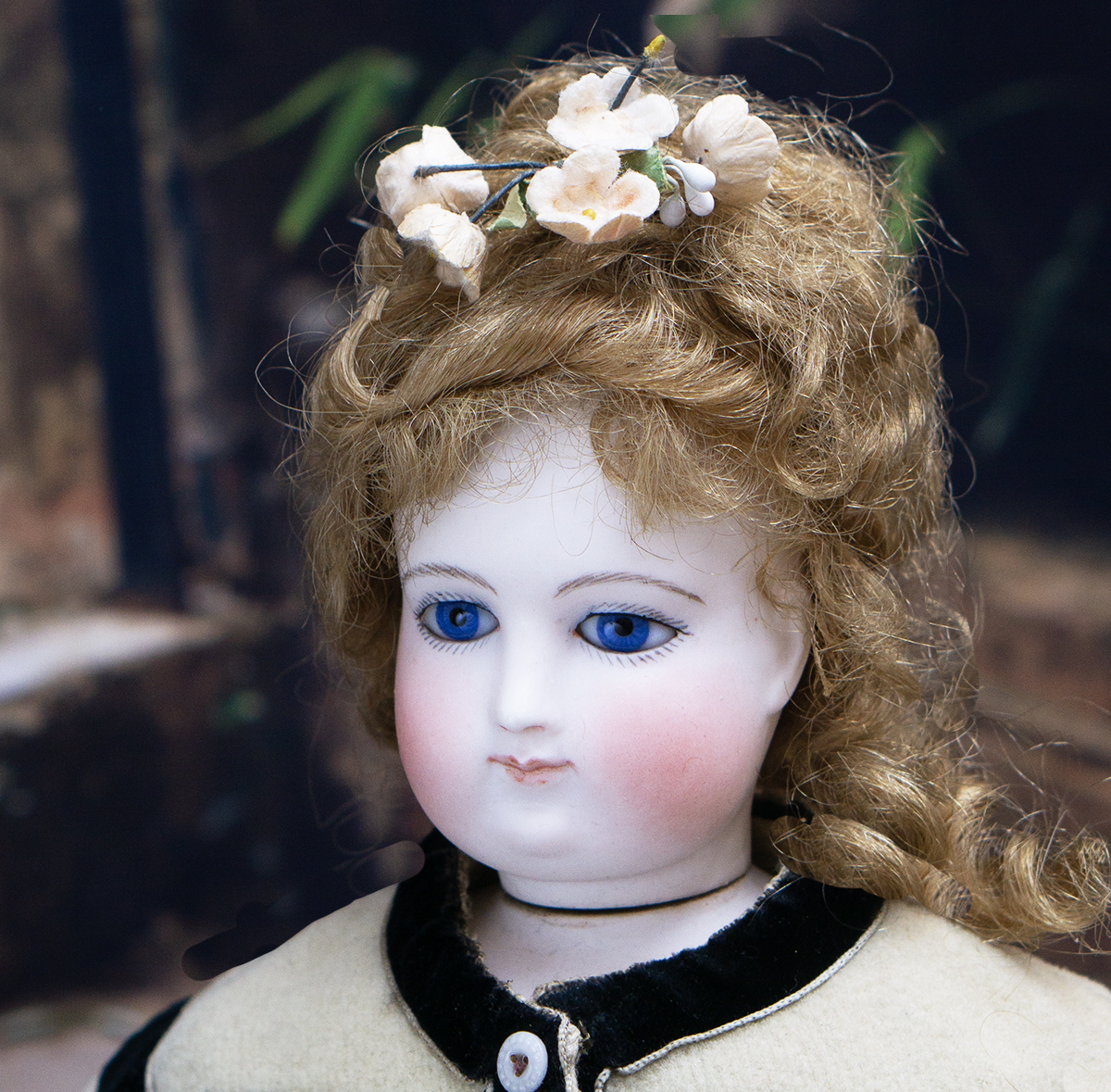 |
|
 |
||||||
 
 |
Stefania Krautier was born in 1887 into a cultivated Polish intellectual family. She studied philosophy and painting in Krakow before emigrating to Paris in the early 1910s. In 1914 she married Tadeus Lazarski, a chemist at the Pasteur Institute and continued her training in painting and drawing, but the outbreak of the First World War transformed her path.
At that time, many Poles were forced to leave their homeland, pand some settled in Paris or other European capitals, while others enlisted in the Foreign Legion. Stefania decided to help her compatriots by creating cloth dolls, the sales of which raised funds for Polish émigrés. Supported by Maria Mickiewicz, the daughter of the great poet, she opened a workshop with her. By 1915, the workshop employed about 250 women and nearly 32 artists who designed the models. Stefania created numerous dolls with expressive faces, and that same year, in 1915, she exhibited her dolls alongside those of Germaine Bongard — a painter-dressmaker and sister of Paul Poiret. Bongard hosted artistic evenings in her gallery, attended by figures such as Jean Cocteau, Paul Claudel, Picasso, Matisse. Lazarska’s dolls soon spread beyond the studio and were sold in major Parisian department stores, as well as in American shops. In 1925 she participated in the International Exhibition of Decorative Arts, presenting luxurious dolls magnificently dressed. These became the “third generation” of her dolls, known as decorative dolls, some of which even depicted historical figures She also produced dolls in the “Turkish” or “Levantine” style. In 1931 Lazarska exhibited her dolls at the Colonial Exhibition. But the Second World War brought a shortage of fabrics, forcing her to redirect her creativity toward theatre set design and other applied arts. This remarkable artist passed away in 1977, leaving an enduring mark on the history of the artistic doll of the 20th century. ------------------------------------ I DO A LAYAWAY NO STATE SALES TAX! Thanks for your visit to Respectfulbear doll shop!
Sold

Sold
 SEE ALSO SEE ALSO 
Here you can subscribe to new items of my shop.
© Respectfulbear.com, 2006 - 2025 antique dolls, vintage doll, antique doll clothing, french dolls, german dolls, Jumeau, porcelain dolls, bisque dolls |
|||||||













